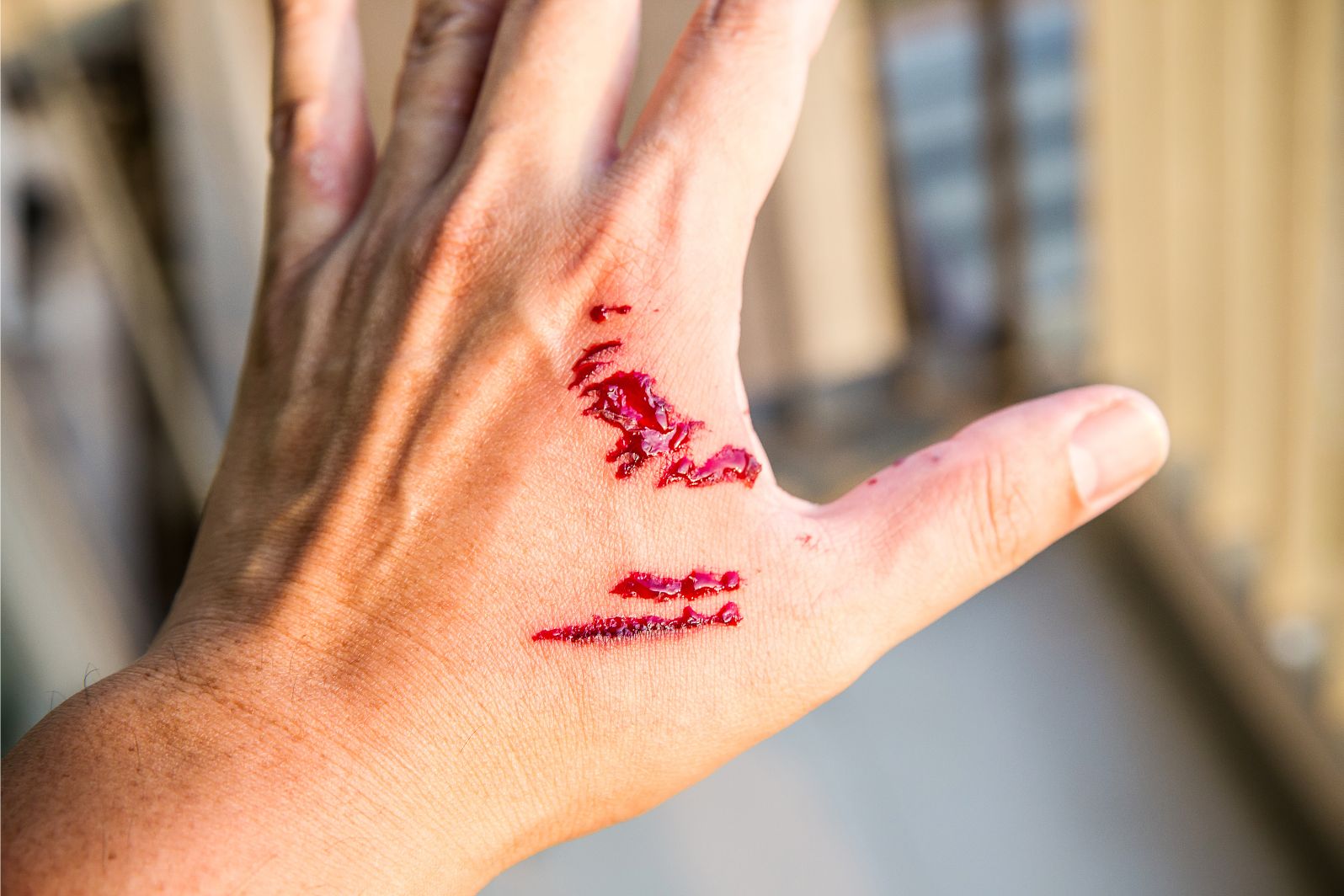In the United States, about 2.5% of the population has chronic wounds that impact their quality of life(QoL).
These happen when you cut yourself or undergo surgery, and the wound becomes infected. Depending on the severity of the infection, it could cause long-term damage or even death. Because of this, it’s best to know when to seek appropriate treatment.
So, how do you know when to get medical care?
Keep reading to learn more about how to care for and seek appropriate treatment for your infected wounds.
Table of Contents
How to Recognize an Infected Wound?
The most common signs of wound infections include redness, swelling, and warmth around the wound, as well as yellow or greenish-colored pus. Pain, red streaks emanating from the wound, fever, and chills may also indicate infection.
In addition to swelling, redness, and other physical signs, a bad odor may also be present. It is important to be aware that an infected wound may not always exhibit all of these signs.
It can be helpful to look at a wound on a daily basis to check for any changes, including increasing redness or swelling. In such cases, seek medical attention as soon as possible, as the infection may require antibiotic treatment. You can also visit here for expert vascular wound care.
Treating an Infected Wound
Treating an infected wound requires a multi-step approach. First and foremost, the wound must be thoroughly cleaned with a mixture of warm water and gentle soap.
Second, antibiotics should be applied directly to the wound to help prevent further infection. Third, a bandage should be applied to prevent infection from spreading.
Fourth, the wound should be monitored for signs of infection, such as redness, swelling, or pus. Finally, if necessary, consult a doctor for further wound treatment. Proper wound care is important to avoid further infection and reduce healing time.
Risk Factors and Complications
Risk factors for an infected wound include an open wound, use of inappropriate wound management such as compressing a wound, prolonged contact with water or moisture, diabetes, smoking, and malnutrition. Complications of the infected wound can often be very serious, requiring medical attention, and can include a weakened immune system, sepsis, cellulitis, abscess formation, and osteomyelitis.
It is also important to maintain good hygiene practices, keep the wound clean and dry, and seek medical attention if you notice increased pain, redness or swelling, pus or foul odor, or fever in the vicinity of the wound. Early detection is key to avoiding further complications.
When to See a Doctor
An infected wound is one that is red, swollen, and tender to the touch. The area will also likely feel warm and may be draining pus, a yellowish fluid. Other symptoms can include increased pain, a fever, and swollen lymph nodes.
If left untreated, an infected wound can become life-threatening and spread to other parts of the body, so it is important to seek medical care. Before seeing a doctor, make sure to clean wounds thoroughly with soap and water, and apply a sterile bandage if necessary. Seeing a doctor right away is the best course of action.
Dealing With Infected Wounds
Infected wounds require more care, attention, and treatments compared to other types of wounds. With the appropriate diagnosis and treatment, most infected wounds can be healed. Contact your healthcare provider if you are suffering from an infected wound for further guidance and necessary treatment.
For more helpful articles like this, continue exploring the rest of our blog.


